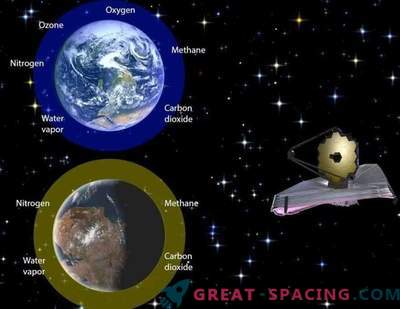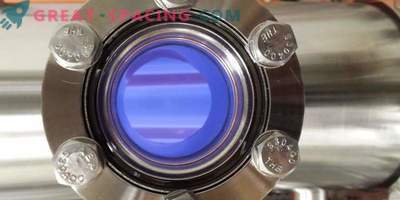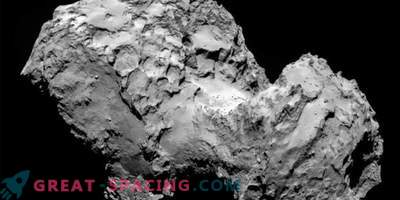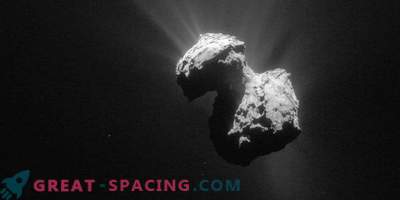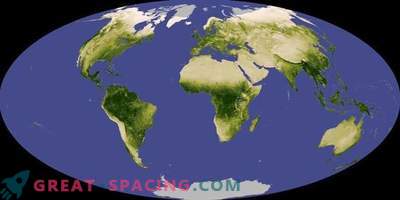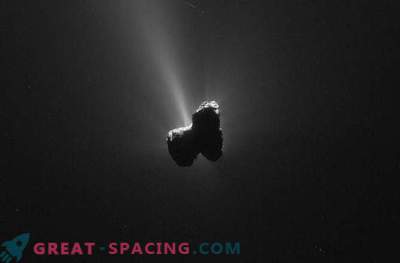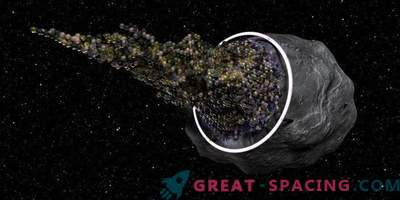
Although scientists have long considered oxygen a sign of the existence of life on other planets, new research suggests that elements can form without it.
What is needed to find a planet 63 light years from Earth? Devin Powell received answers from astronomers who did just that.
Oxygen may be a sign of life on Earth, however this is not necessarily the case for planets orbiting around other stars. The latest research convincingly shows that the interaction of titanium oxide with liquid water can lead to the appearance of oxygen on the exoplanet without the involvement of living organisms.
“Although oxygen is still one of the possible biomarkers, we are starting to look for new biomarkers,” says Norio Narita of the National Institute of Natural Sciences of Japan. Narita studied the role of titanium or titanium dioxide in the formation of atmospheric oxygen of the planets.
Oxygen is not equal to life
In recent years, scientists have begun to use the Hubble Space Telescope, owned by NASA, to explore the atmosphere of the planets far beyond our system. The approaching launch of the James Webb Space Telescope will allow you to explore the Universe even further. In addition to describing the atmosphere of these worlds, scientists hope to discover evidence of life. On Earth, plants release oxygen into the atmosphere through photosynthesis. If the planets outside our Solar System contain oxygen, the latter will be able to form as a by-product of life, scientists believe.
Narita and his team set about exploring the role of stellar radiation around stars like our Sun. They revealed the fact that if there is enough titanium dioxide on the surface of the planet, it will be able to dissolve in liquid water, producing oxygen into the surrounding atmosphere.
Titanium dioxide is naturally found in meteorites and on the moon compound. It is formed in the dust cloud around the emerging small and medium massive stars, as well as from supernova explosions, which is common for exoplanetary systems. The amount of titanium dioxide on the surface of the planets and Moon depends on the number of collisions in which each celestial body participated.
According to studies, planets like Earth, orbiting around stars like the Sun, need only about 0. 05% titanium dioxide in the rocks of the planet's surface in order to produce as much oxygen as there is on Earth. Planets that have oceans and revolve around dim stars need three percent titanium dioxide on the surface. For comparison, the researchers calculated that the area with active titanium dioxide on Earth should be less than 97 square miles (250 square kilometers) or approximately 0.0000005% of the surface.
Caption for the photo: On the artistic image of the planet HAT-P-11b the size of Neptune is seen as it passes in front of its star. Astronomers have found water in the atmosphere of this exoplanet. Similar studies can detect oxygen in the atmospheres of other planets.
